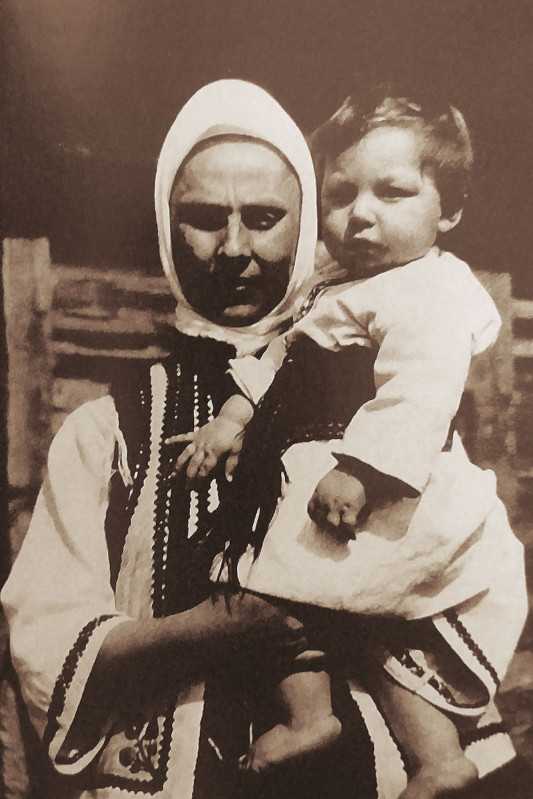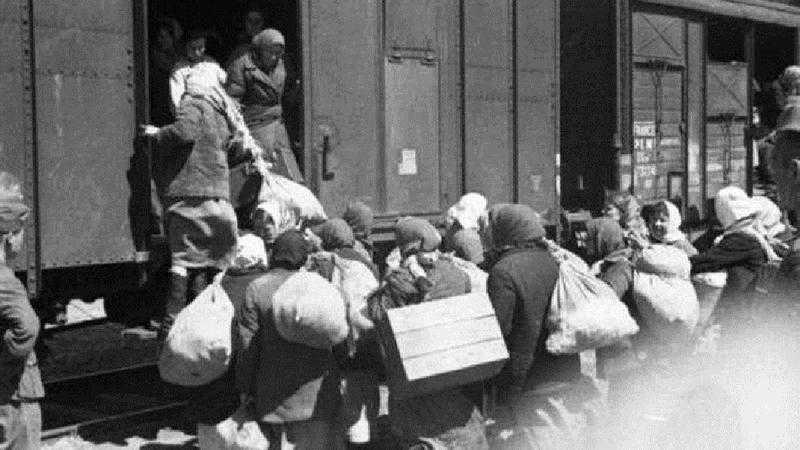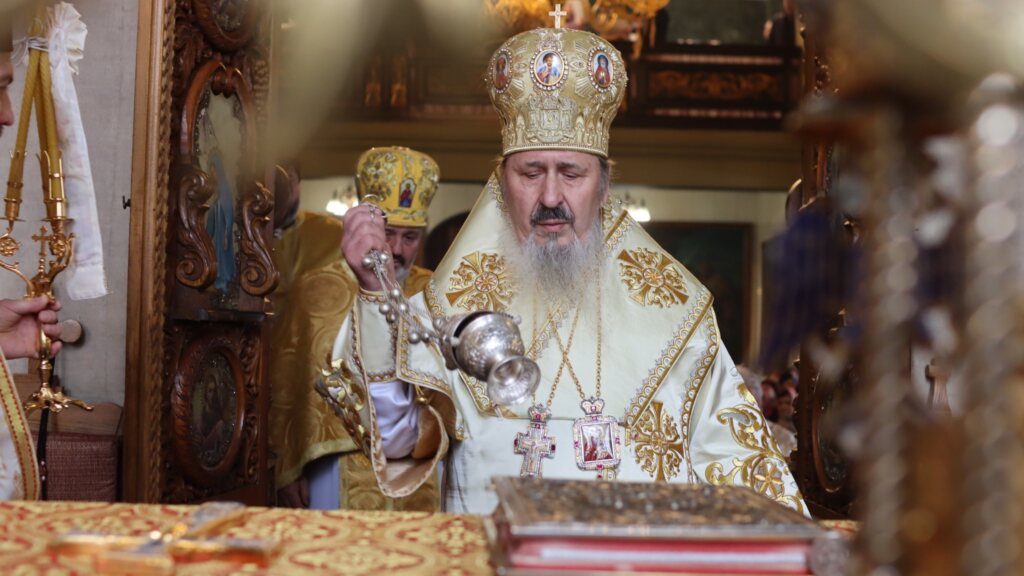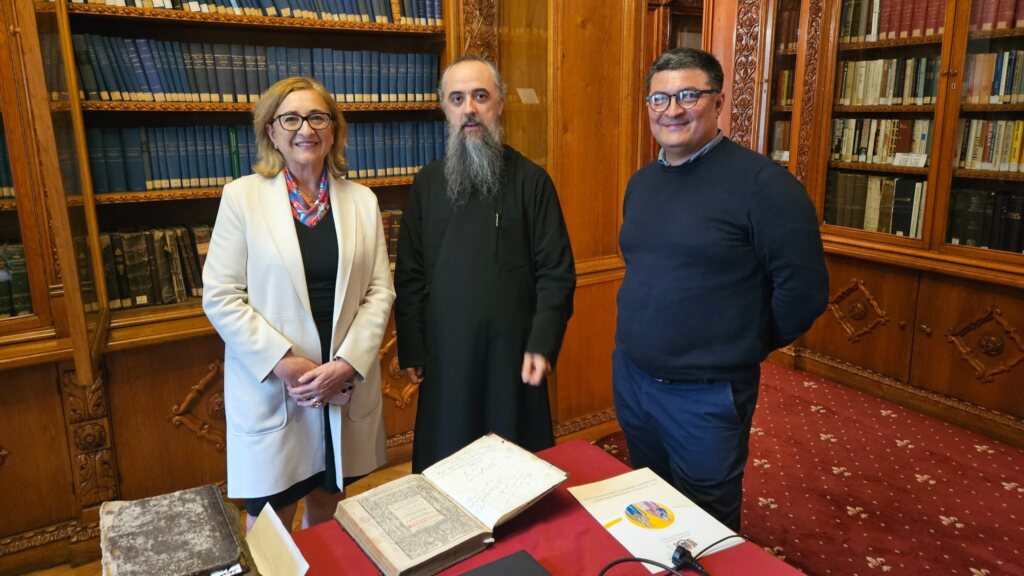The first wave of deportations from Soviet-occupied Bessarabia and Northern Bukovina started on the night of June 12, 1941. Romanians were the nationality with the greatest number of victims among those deported to Siberia and Kazakhstan: over 70,000 persons.
At the first wave, 29,839 Romanians were sent to Siberia and Kazakhstan. The second wave was on the night of July 6, 1949, when 35,796 people were deported, of which two-thirds were women and children. The last wave was on April 1st, 1951 and it targeted 5,917 members of the Jehova’s Witnesses.
“Romanians were the third most-numerous nation represented in these forced labour camps, after Germans and Japanese” (who were war prisoners), said in a conference Vasile Soare, former ambassador of Romania to the Russian Federation.
The Soviets and their repression apparatus considered them as “members of contra-revolutionary organizations” and “anti-Soviet” elements.

The first deportation wave was decided on June 8, 1941, at the reunited meeting of the Chernivtsi Regional Committee Bureau of the Ukrainian Communist Party and of the Executive Committee of the Chernivtsi Regional Council.
On the night of 12-13 of June 1941, some 1.000 Soviet activists barged into the homes of Romanians from the Hertza Region and took 458 families with them to be sent into harsh exile.
In 20 minutes, these Romanians had to get out of their houses only with the clothes they had on them and a little bundle of things. They were taken to the train station and loaded in cattle wagons.

Among them was Anița Nandriș-Cudla (photo above), a woman from the village of Mahala, in the Chernovtsi Region. She was separated from her husband and sick mother and deported with her three children close to the Polar Circle.
For 20 years, this peasant woman and her children survived famine, disease, extreme cold, persecution and exhausting work. In 1959 she returned home and in 1961 she managed to regain her former home.
Her testimony, an authentic treasure of Romanian language and spirituality, was published in 1991 by the Humanitas publishing house under the title: 20 de ani în Siberia. Destin bucovinean (“20 Years in Siberia. Bukovinan destiny”). In 1992, the book was awarded the “Lucian Blaga” Prize of the Romanian Academy.
An excerpt from her book:
“So in such places were we taken, close to the North Pole. The name of the place was ‘ymalu nenetky okrug’.
I spent there the prime of my life, when my children were growing and needed to gain strength, when they were supposed to learn what life was, how to behave in the world, to learn something for their future. There was no such possibility. Yet, through quite hard work we did not allow ourselves perish. The children worked fairly and gained trust in themselves and learned what they could over there. (…)
It was this love and love for family that gave us strength in hardships so that we could bear it and save our lives.”
Other testimonies about the repression endured by Romanians from Northern Bukovina are freely available in the “Destin Bucovinean” (“Bukovinan Destiny”) collection published by Putna Monastery and coordinated by Acad. Alexandrina Cernov.
The published titles are: Fântâna Albă – Golgota Neamului (“Fântâna Albă – a National Golgotha”) and Drama românilor din Regiunea Cernăuți: masacre, deportări, foamete în 1940–1941, 1944–1947 (“The Drama of the Romanians in the Chernovtsi Region: massacres, deportations, famine in 1940-1941, 1944-1947”).
Putna Monastery also republished and integrally made available online a testimony from Bessarabia, written with great story-telling gift: Ion Moraru, Pustiirea. Treptele infernului. Fata cu miros de busuioc (“The Devastation. Hell’s Steps. The Girl Who Smelled of Basil”).
Photo source: TVR Moldova






